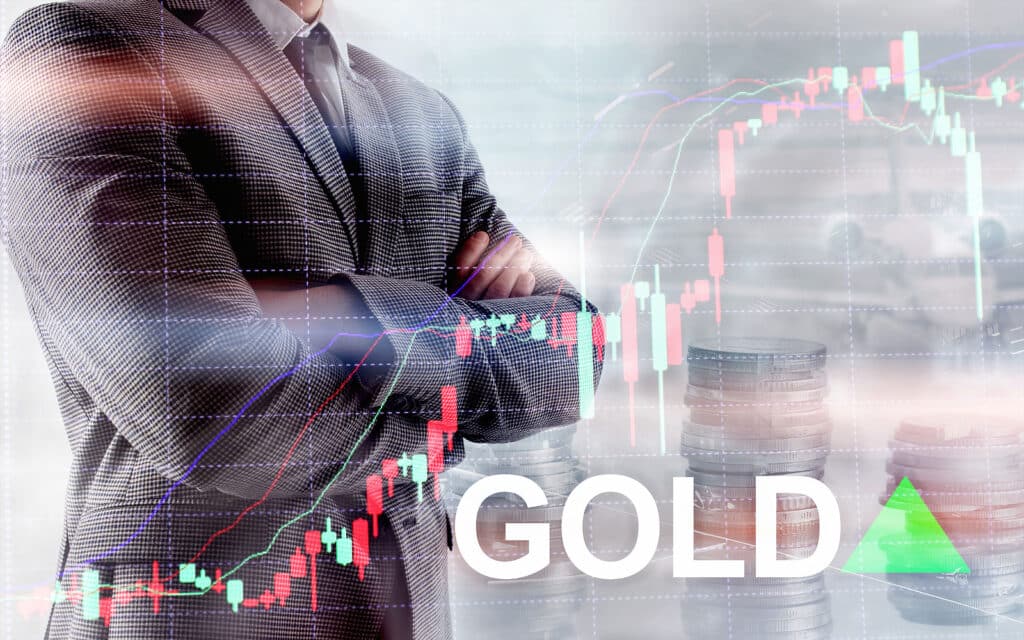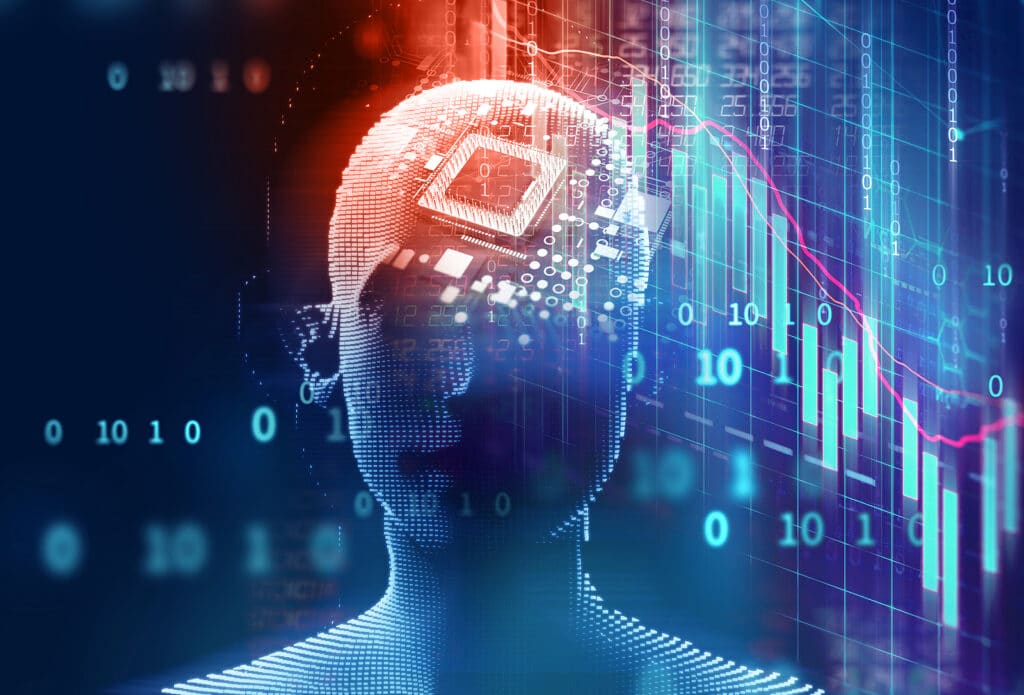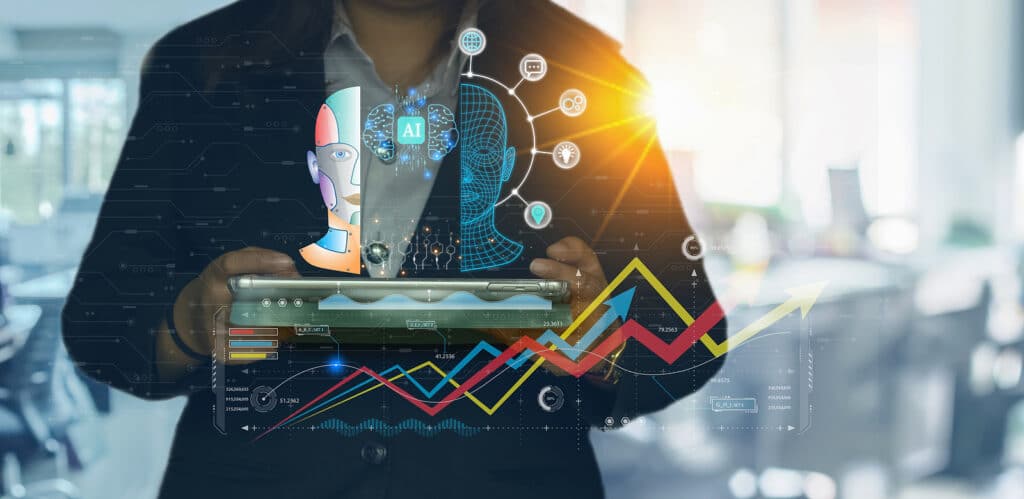On Wednesday, after the White House abruptly changed course on the tariffs announced a week earlier, an initial sense of relief was soon overshadowed by new questions. What was already an uncertain future for households, companies, banks, and investors suddenly became more in doubt.
High levels of uncertainty ratcheted up early last month when President Donald Trump reversed course on tariffs charged to Canadian and Mexican goods importers. Researchers at Northwestern University and Stanford University maintain an “Economic Policy Uncertainty Index” that measures news sentiment, changes in tax provisions, and disagreement among participants of the Federal Reserve Bank of Philadelphia’s Survey of Professional Forecasters.
In March, that monthly U.S. uncertainty index reached its second highest reading since 1985, only exceeded by May 2020 levels during the heart of the Covid-19 pandemic, and higher than any month in the financial crisis. In April, the daily index is near early-pandemic highs.
Much of corporate investment in the past three decades was premised on free trade, especially with Canada, Mexico, and China, which collectively accounted for 42% of 2024 U.S. imports and 40% of exports, according to the U.S. Census Bureau. Those investment decisions have been complicated by tariffs.
This week’s temporary pause in tariff rates for most countries adds to the burden.
Customs brokers, who expedite customs including calculating the correct tariff payment, are at the tip of the spear. “There’s just no clarity, and this is what’s causing the biggest problem,” Karen Ferry, who runs Karen Ferry Customs Brokers, told Barron’s. “The exporters, the importers, everybody is just nuts.”
“This business is always crazy, but it just 100% made it more crazy because of the uncertainty and the changes every day,” she said.
The uncertainty around today’s tariffs is exacerbated by longer term questions. In four years, a new administration could change the rules again.
Uncertainty hits the economy in several ways. Households, many of whom don’t closely follow rapid shifts in policy, are met with a blizzard of news that is hard to make sense of. Many may decide to hold off on big purchases until the dust settles, while others may buy more ahead of tariffs, pushing demand forward. U.S. consumers made up over two-thirds of 2024 GDP, so spending softness will have a large effect on the economy as a whole.
“Consumers are often more nervous when they’re not sure about what to expect going forward about their jobs, about their 401ks, about their investments, about future costs,” says Scott Baker, a finance Professor at Northwestern University’s Kellogg School of Management and one minder of the Economic Policy Uncertainty Index. “It makes it much harder to plan.”
The next largest part of GDP is fixed investment in structures, equipment, and intellectual property—at 18% of the total in 2024. This brings in company decision-making. Many goods-makers have been investigating moving production to the U.S., but the latest tariff announcements complicate the process. Will tariffs on Chinese goods remain at 145%? Will North America have free borders again? Will smaller countries like Vietnam and the Philippines be able to avoid their own tariffs?
“If you’re going to invest a billion dollars in a new plant and you’re deciding where to put it, a lack of certainty about what the actual tariff coming from that country is going to be has massive implications.” Baker says. “Firms may adopt a wait-and-see attitude and say ‘we’re not going to make any sort of irrecoverable investments because the risk of losing our investment is too big.’”
Steven Davis of Stanford’s Hoover Institution, who also maintains the Economic Policy Uncertainty Index, sees an additional threat to companies. “This diverts senior leadership from thinking about other things, like how to make better products, how to improve their services, how to make sure they’re managing their workforces as best they can,” he told Barron’s.
Finally, uncertainty hits banks and other lenders, especially when the largest borrower is the U.S. government, the source of the uncertainty. Along with stocks, interest rates have been unusually volatile in the past weeks because bond traders are having a hard time pricing risk.
Banks may decide to maintain a wait-and-see stance, screening borrowers more carefully, asking for higher rates, or more collateral. “Somebody that three months ago they might have extended a loan to,” Davis said, “they no longer will because the underlying economic environment is more risky.”
Read the full article HERE.


